If you have been outside this winter, you may have heard birds chatting above you in the sky. If you bothered to look up to see what was going on, you may have seen large birds gliding over scanning the ground for food and water. Perhaps you saw a long, thick gray line of something in a harvested corn field. Sound familiar?
Okay, I don’t have an image of these birds overhead high in the sky, but these are headed up there looking for another good place to land. And yes, they are sandhill cranes, but you knew that from the title of the story, didn’t you?
Those of us who live in this part of Texas are familiar with these large gray birds because we are an agricultural area full of fields that feed them, playa lakes and a wildlife refuge that offer them water, and we are on their migration route back and forth from Canada, Alaska, and recent research says Siberia. Cranes are native to North American and Siberia, so that explains their presence here.
These cranes, Antigone canadensis, do like to feast on leftovers in harvested fields of corn, milo, wheat, and cotton seed, but they also have been known to eat roots, berries, nuts, insects, and snails. They live about thirty years and mate for life during that lifetime, but will find another partner if they lose their first love.
Sandhill cranes are usually shades of gray, but some are a bit whiter, just not pure white like the endangered whooping cranes. They are not the color of sand, particularly, but were given this nickname when they were seen in the sandy habitat of Nebraska’s sandhills on the American Great Plains near the Platt River. Cranes have red on the top of their heads, white cheeks, and a long pointed peak. They can weigh eight to ten pounds, stand from three to four feet tall, and have a wingspan of five to seven feet across. These measurements can vary, depending on the subspecies: lesser, greater, or Canadian.
I spoke with Nick Pope at the Muleshoe National Wildlife Refuge about the cranes, and he said that while some greater cranes come here, most of the ones here are the lesser subspecies. Nick said the past couple of years something like 60,000 to 70,000 cranes have stopped in our area. In the past, the refuge has seen up to 200,000 birds in a good year. The refuge will hold around 15-20% of those birds, who will roost and loaf because they apparently sense they are protected at the refuge, and then go to the empty fields to feed. This picture was taken in 2010 at the refuge.
Other area refuges will have cranes, but Nick said more cranes come here, probably because the refuge tends to have fewer visitors to perhaps scare the cranes off, and the fact that they like the refuge’s salt lakes. But visitors would be more than welcome at the refuge to see the cranes and other wildlife that live there.
And if you’ve never seen the cranes gather and then take off in flight, you really are missing quite a spectacle! The cranes start arriving around the end of September and will head back north toward the end of March and April. The best time to watch them at the refuge is early in the morning before they leave for the day, and then at sunset when they return to roost for the night.
I caught these cranes feeding in corn stalks in mid-afternoon.
I tried my best to sneak up on them for some close shots, but about the time I thought I was being successful, off they would go. Well, actually, in this picture I had already scared them and now they are coming down for a landing in another part of the field.
Crane hunting is regulated with a season, starting in the beginning of November and ending a the end of January. Nick said crane hunting is popular here, but of course, no hunting is allowed on the refuge. What with all the open fields in the area, hunters can still find plenty of cranes in plenty of places to hunt.
Nick said the cranes will definitely start heading back north in April, but they are already beginning to leave. This is March, so if you want to see them this year, start looking for gray strips in empty fields, but a trip to the refuge would guarantee you see them. The best months to see the most birds are December and January, so you can plan for that next year.
You’ll be glad you made the trip.
Thanks to Nick Pope and Pat Angeley for their help with this story.
To see more pictures of the cranes and find our more about the Muleshoe National Wildlife Refuge, go to www.aliceliles.com and type Muleshoe National Wildlife Refuge in the Search line.
https://www.nwf.org/Educational-Resources/Wildlife-Guide/Birds/Sandhill-Cranehttps://en.wikipedia.org/wiki/Sandhill_crane
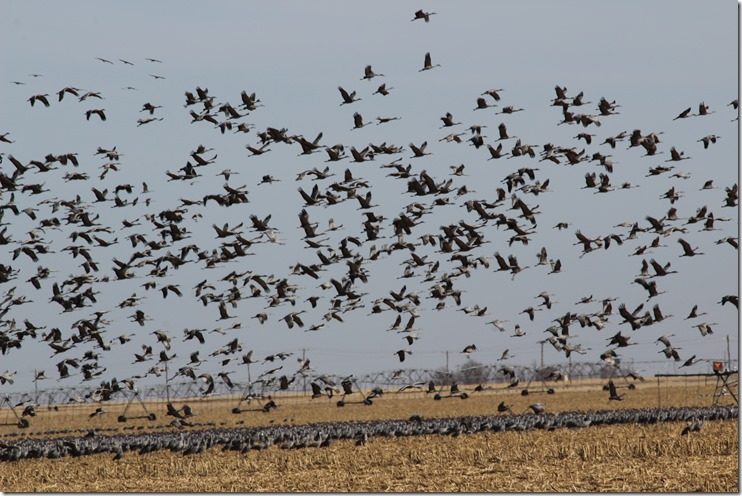
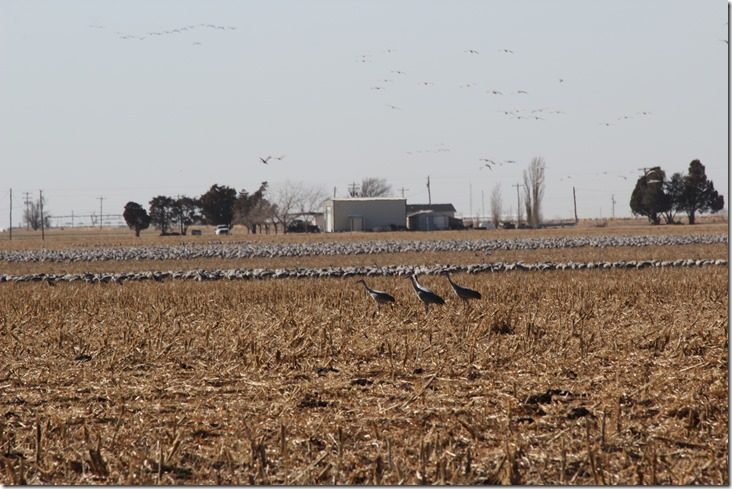
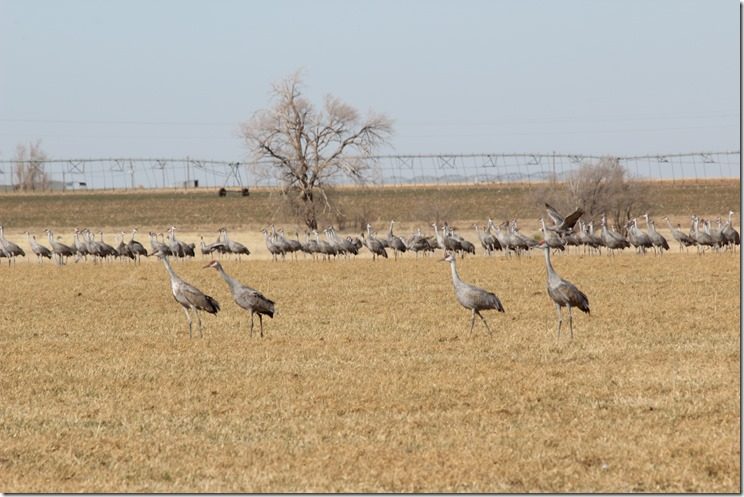
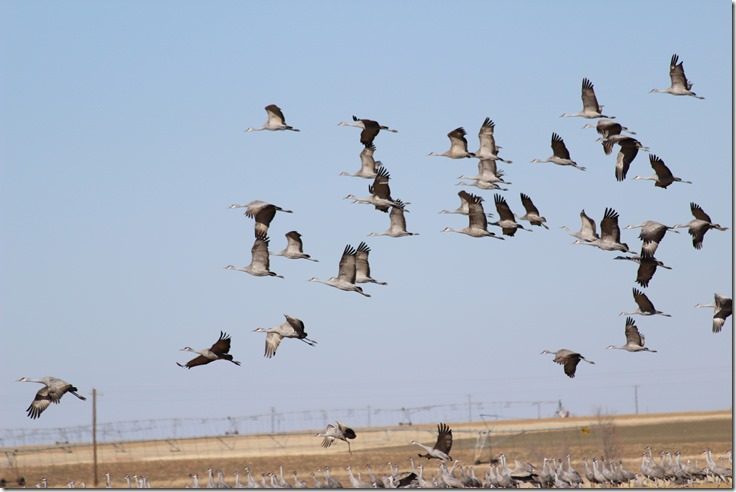
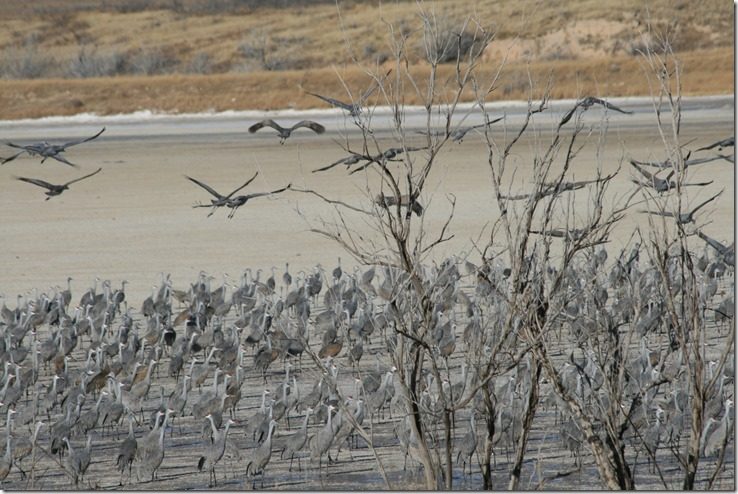
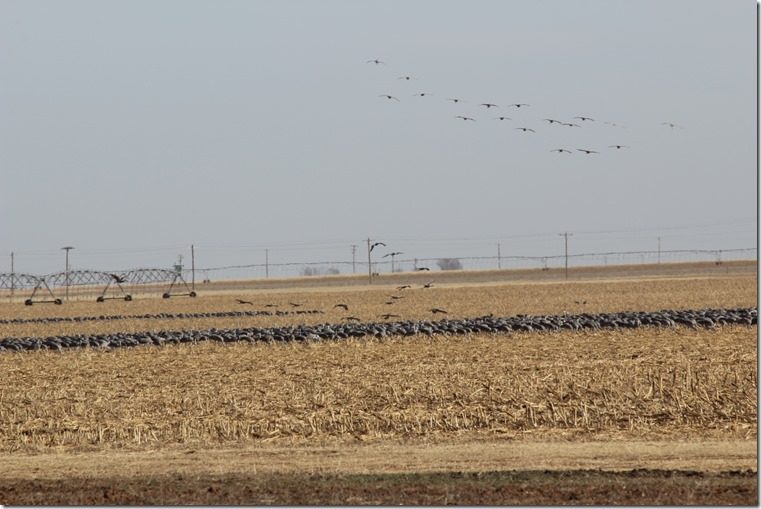
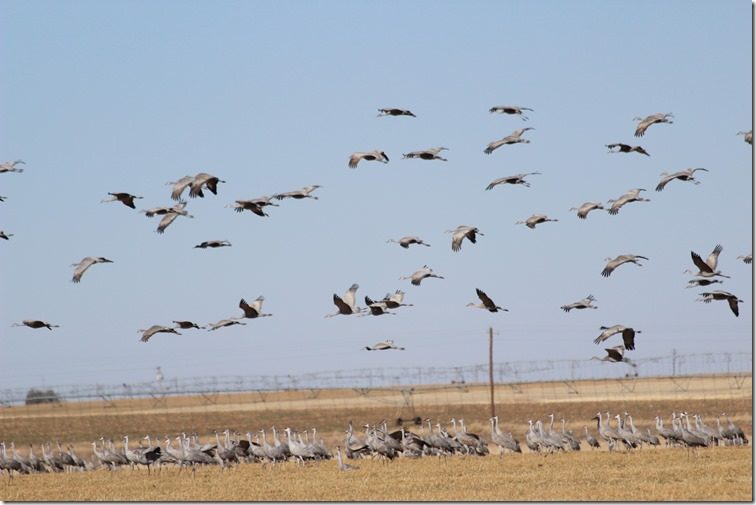
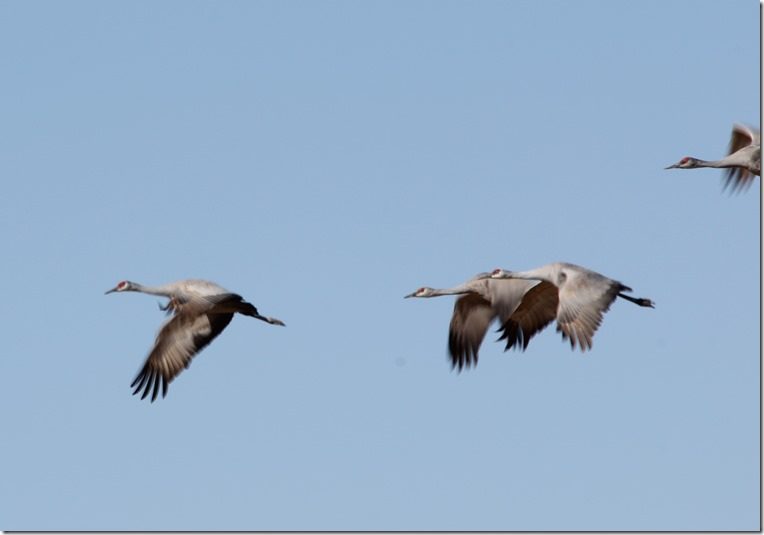
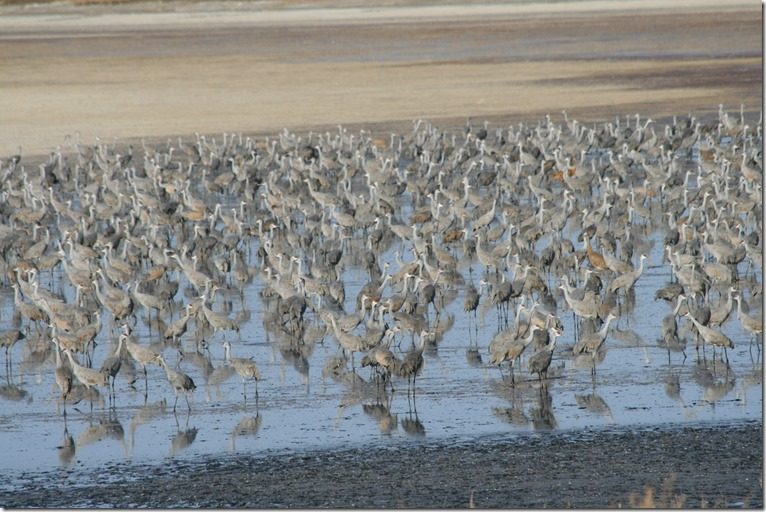
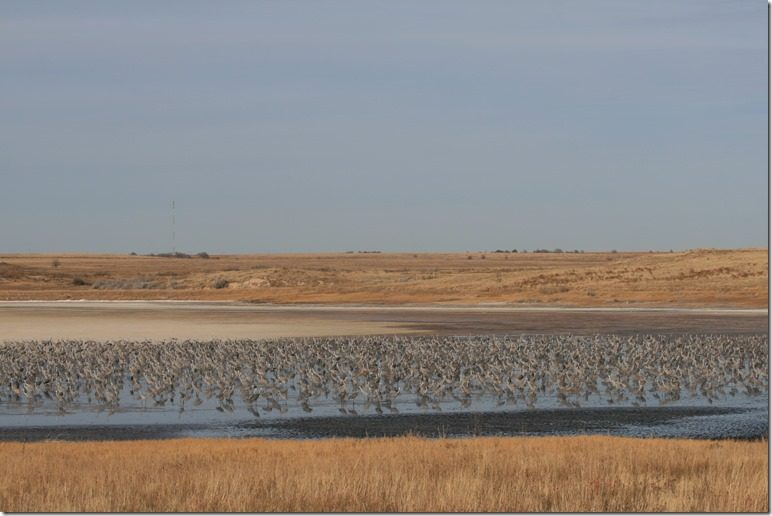
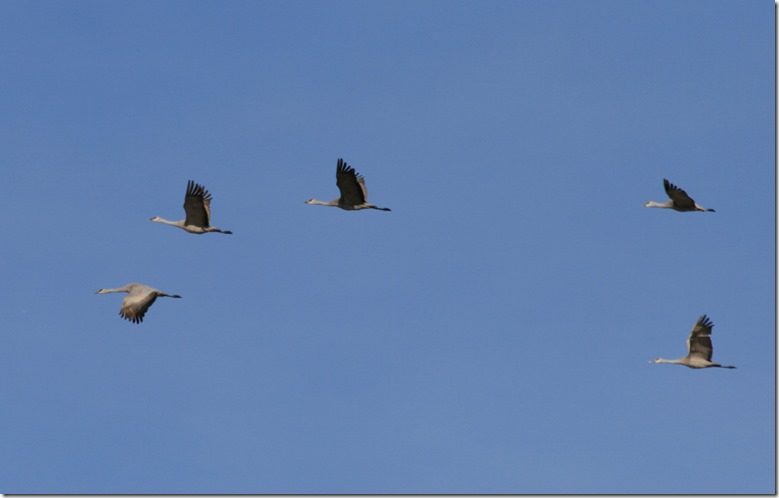
Recent Comments